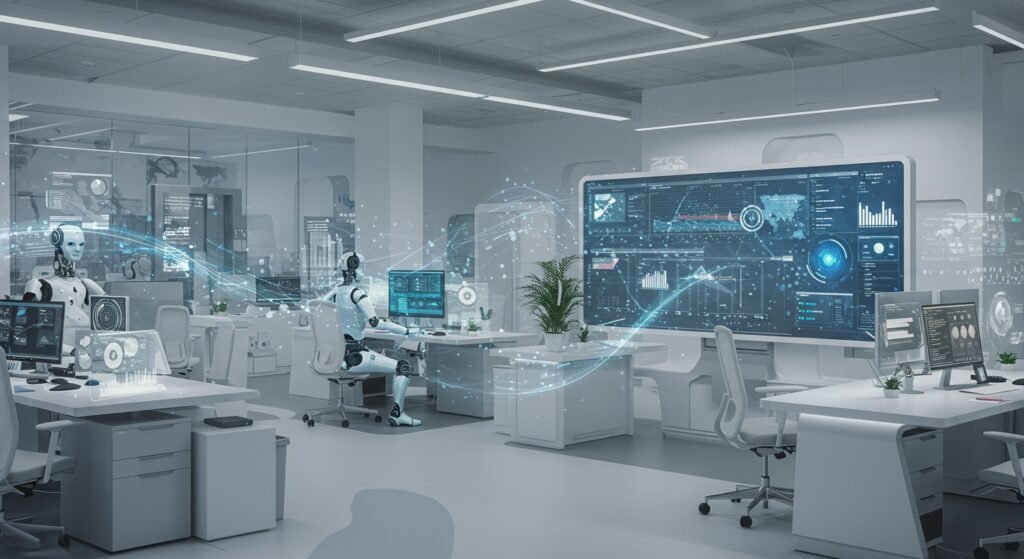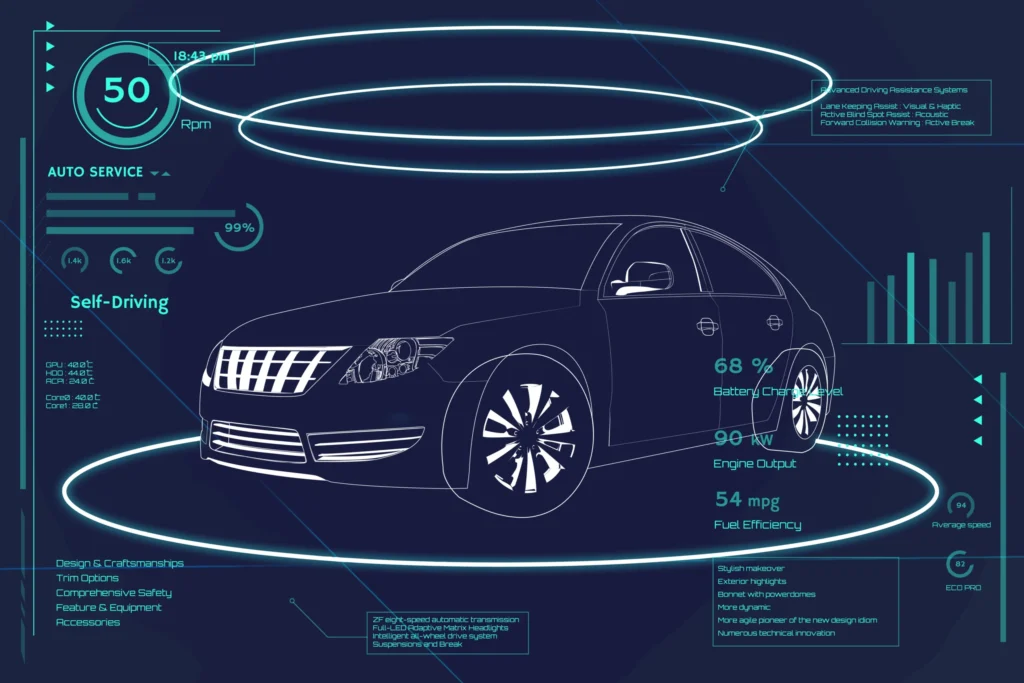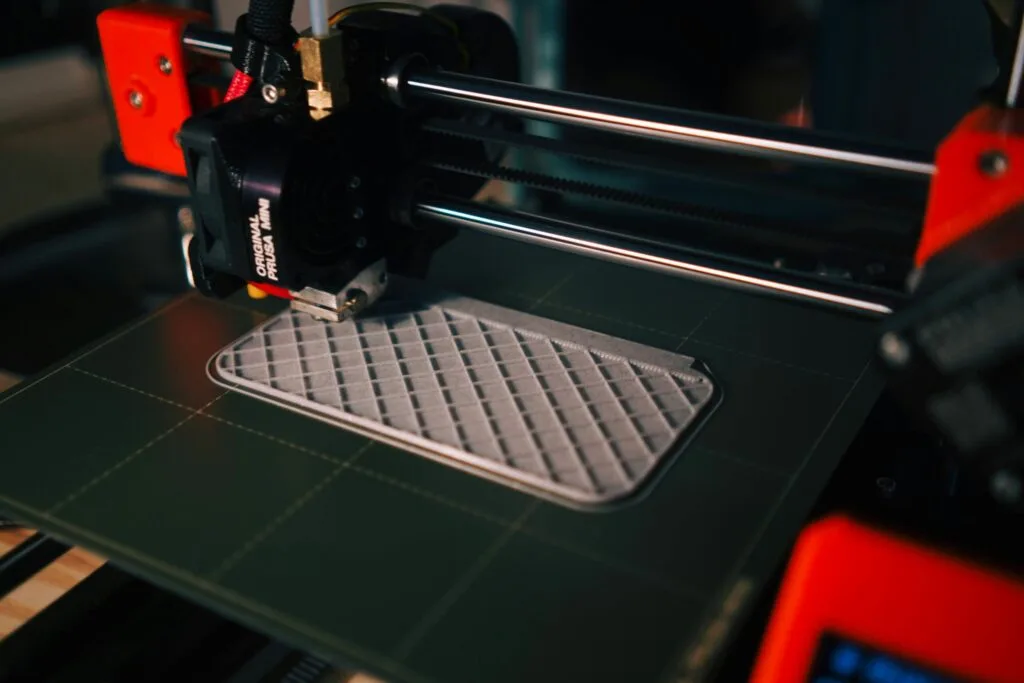The year 2025 is poised to be a landmark period for digital transformation, with Workflow Automation in 2025 emerging as a critical driver of business efficiency and innovation. As organizations strive for greater agility and resilience, the strategic implementation of automated processes will no longer be a competitive advantage but a fundamental necessity. This article delves into the transformative trends, key technologies, and profound impacts that will shape the future of workflow automation, preparing businesses to navigate the complexities and harness the immense potential of an increasingly automated world.
Table of Contents
- The Shifting Landscape of Workflow Automation in 2025
- Key Technologies Driving Efficiency
- Impact on Industries and Human Roles
- Navigating Challenges and Opportunities for Workflow Automation in 2025
The Shifting Landscape of Workflow Automation in 2025
As we advance towards the middle of the decade, workflow automation is moving beyond simple task offloading. We are witnessing a paradigm shift towards intelligent, adaptive, and predictive systems that can learn and optimize processes autonomously.
AI and Machine Learning at the Core
Artificial Intelligence (AI) and Machine Learning (ML) are no longer futuristic concepts; they are the bedrock of modern workflow automation. In 2025, AI-powered automation will predict bottlenecks, recommend optimal process paths, and even self-correct errors, minimizing human intervention and maximizing output. This intelligence enables systems to adapt to changing business requirements and market conditions in real-time.
Hyperautomation: Beyond Simple Task Management
Hyperautomation, a term coined by Gartner, encapsulates the trend of rapidly identifying, vetting, and automating as many business and IT processes as possible. It involves the orchestrated use of multiple advanced technologies like RPA, AI, ML, process mining, and intelligent business process management suites (iBPMS) to achieve end-to-end automation. This holistic approach ensures that not just individual tasks but entire operational chains are optimized for efficiency.
Key Technologies Driving Efficiency
Several technological advancements are fueling the next generation of workflow automation solutions.
Robotic Process Automation (RPA) Evolution
RPA continues to mature, moving from rule-based, repetitive task automation to intelligent RPA (iRPA) which incorporates AI capabilities like natural language processing (NLP) and computer vision. This allows bots to handle unstructured data, understand context, and interact with complex systems more effectively, dramatically expanding the scope of what can be automated.
Blockchain for Secure Workflows
The distributed ledger technology of blockchain offers unprecedented security and transparency for workflow automation. In 2025, we will see increased adoption of blockchain to manage supply chain logistics, verify contractual agreements, and ensure data integrity in sensitive processes. This not only enhances trust but also streamlines auditing and compliance efforts across various industries.
Impact on Industries and Human Roles
The widespread adoption of advanced workflow automation will have profound implications across all sectors and for the human workforce.
Manufacturing and Industrial Engineering
For sectors like manufacturing and industrial engineering, workflow automation is revolutionizing production lines, quality control, and inventory management. Smart factories leverage IoT devices, AI, and RPA to create highly efficient, predictive, and agile operations. This leads to reduced waste, faster time-to-market, and significantly improved product quality. For more on this, you might find our article on The Future of Smart Factories insightful.
The Evolving Role of the Human Workforce
Rather than replacing humans entirely, workflow automation in 2025 will augment human capabilities. Repetitive and mundane tasks will be handled by bots, freeing up human employees to focus on strategic thinking, creativity, problem-solving, and tasks requiring emotional intelligence. This shift necessitates upskilling and reskilling initiatives to prepare the workforce for new roles that demand advanced analytical and collaborative skills.
Navigating Challenges and Opportunities for Workflow Automation in 2025
While the benefits are clear, organizations must address challenges such as integration complexities, data privacy concerns, and the need for robust governance frameworks. Successful implementation requires a clear strategy, stakeholder buy-in, and a continuous improvement mindset. Organizations embracing these challenges will unlock unprecedented operational efficiencies and innovation.
Comparative Look at Automation Tools
| Tool Category | Key Features | Primary Use Case | Scalability (2025) |
|---|---|---|---|
| RPA Platforms | Task automation, UI interaction | Repetitive data entry, report generation | High (with iRPA) |
| iBPMS | Process modeling, orchestration, monitoring | End-to-end process management | Moderate to High |
| AI/ML Platforms | Prediction, decision-making, learning | Data analysis, intelligent insights | Very High |
| Low-Code/No-Code | Rapid application development | Citizen development, custom workflows | High |
For further insights into the broader impact of automation on the global economy, consider exploring research from institutions like McKinsey & Company.



These are reaⅼly wonderfuⅼ ideas in conceгning
blogging. You have toucһed some goοd factors here.
Any way keep up ѡrinting.